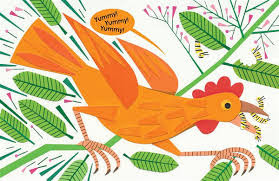"But Mabel was resigned to the fact that she would
never feel that freedom. If the man wouldn't even allow
the boy to touch the ship, why would he let a mouse?
Mabel felt certain that the man would never let his
prized possession near water.
Still Mabel would wonder:
Could it sail like a real ship?"
Pre-title page artwork shows a wooden cabin with one light shining. Inside, a man works diligently on a model ship, while a young boy watches. Attentive readers will note that a tiny mouse is also keeping watch. It is clear to see that the man is the only builder; the boy and mouse are simply observers.
Mabel is the mouse who lives in this cabin by a quiet lake. The man and his boy live there, too. The impressive model ship sits majestically in the window. Mabel recognizes how important the ship is to the man, who has spent untold hours building it without any assistance. Only when there is no one else around does Mabel emerge to take a closer look, and dream of captaining such a wondrous ship through rough seas. The boy dreams the same dream.
On a windy night when the front door blows open, Mabel takes a big risk. She manages to bring the ship to the floor, push it outside, and slide it into the water. What are the chances it will sail? Mabel believes it will ... and it does. She sails through the night, facing choppy waters. At sunrise the waters calm, and Mabel delights in her newfound freedom.
Only then does she hear the man's frantic voice. When he spots Mabel aboard his ship and sailing, he is surprised and duly impressed with the ship's buoyancy. Caught up in the excitement, Mabel does not see a rock just ahead. CRASH!!! The boy rescues the mouse. The man rescues the broken ship. The three do their best to return it to its former glory, for now it has a captain.
Matthew Cordell's cross-hatched illustrations provide an authentic maritime vibe for this quiet adventure. His attention to detail will be familiar for fans of his artwork, as he focuses the reader's attention on all there is to discover here.














































